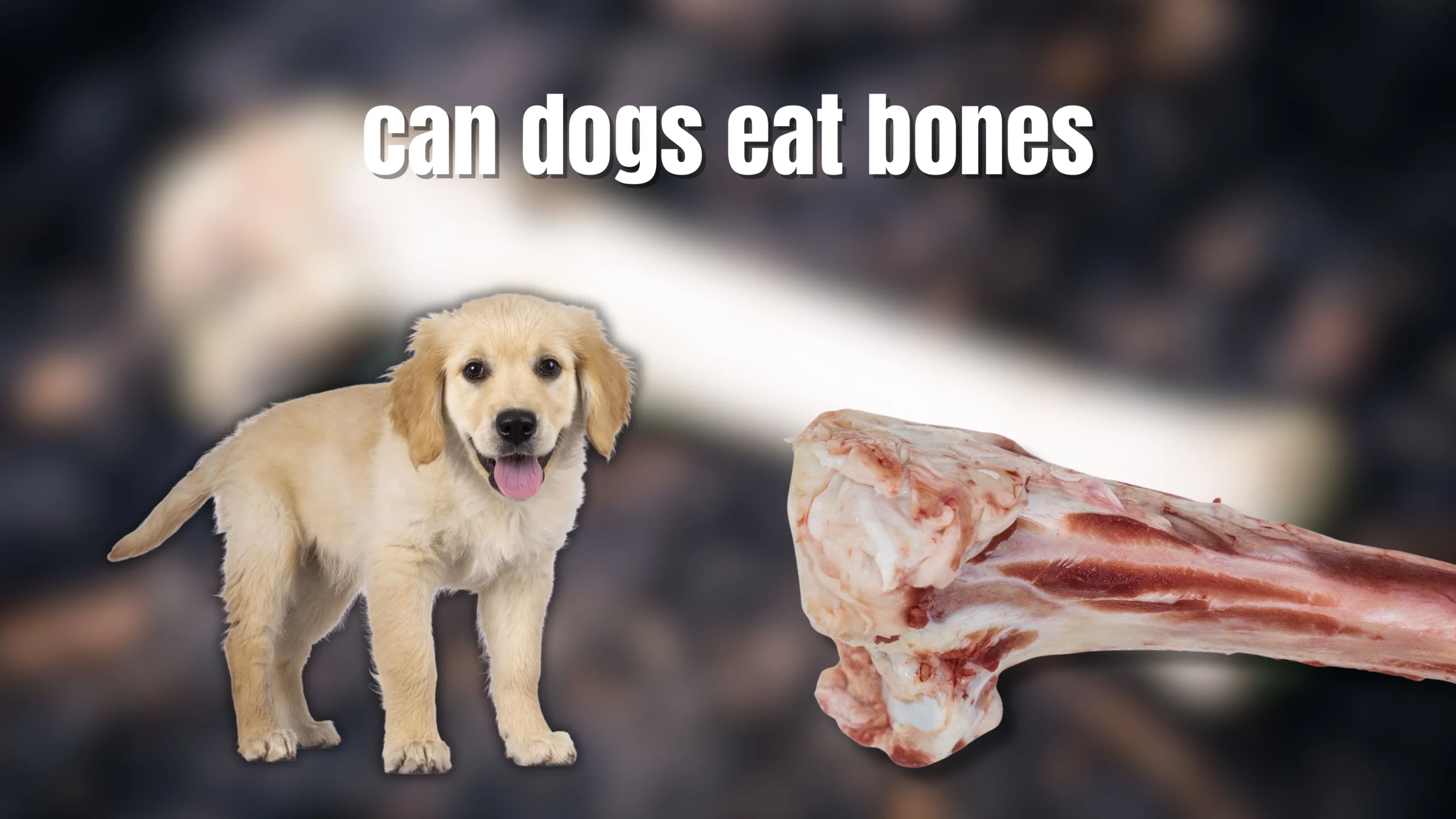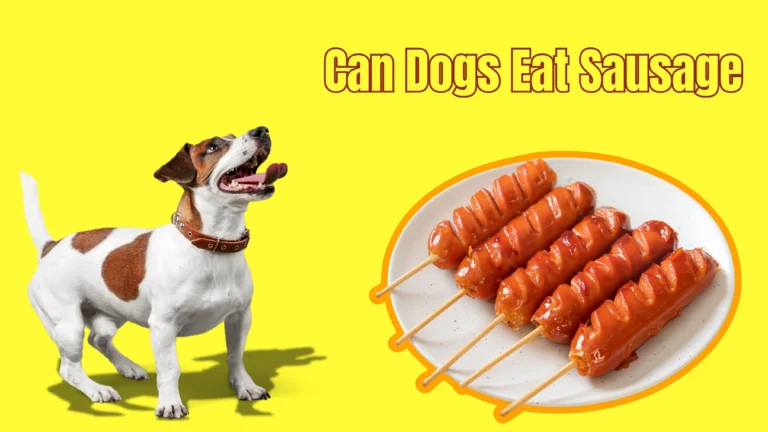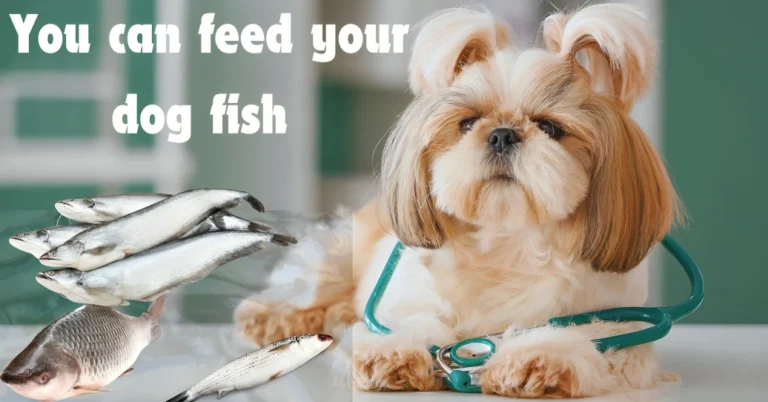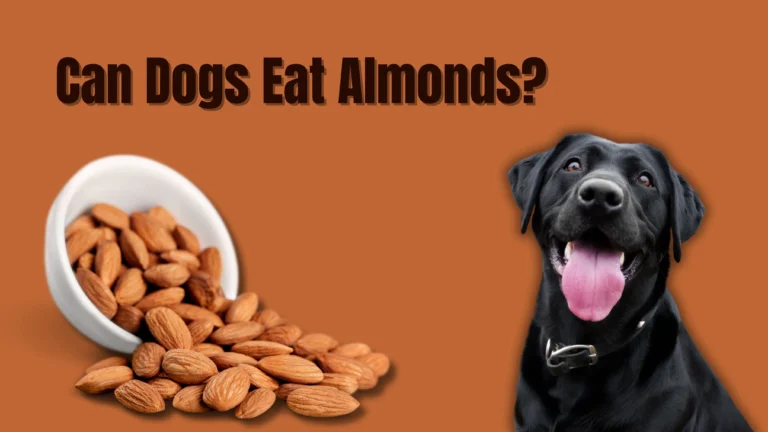Can dogs eat bones?
Can dogs eat bones? The debate around whether or not to feed bones to dogs is filled with conflicting information, leaving many pet owners confused. While bones can provide benefits, such as supplying essential nutrients, helping with dental hygiene, and offering mental stimulation, they also carry significant risks. Chewing on bones may lead to mouth injuries, digestive blockages, or even life-threatening conditions like peritonitis. The risk of choking or broken teeth is also a serious concern, and dogs may develop constipation if bones are not properly digested. Despite the potential benefits, many vets strongly advise against feeding bones to dogs due to the high likelihood of harm.
In light of these risks, many experts suggest opting for safer alternatives to bones. The popular saying “give a dog a bone” may be outdated, and instead, pet owners are encouraged to consider safer treats that still provide the mental and physical stimulation that bones offer without the danger. As with any dietary decision, it’s essential to assess whether bones are truly the right choice for your pet, weighing both the pros and cons carefully.
Aren’t bones good for dogs?
Feeding bones to dogs is a topic that sparks a lot of debate, with both benefits and risks to consider. Bones can provide essential nutrients such as calcium, protein, and vitamins, contributing to overall health, muscle development, and improved skin and fur. Chewing bones may also support dental health by reducing plaque buildup and promoting saliva flow, which contains antibacterial agents that improve oral hygiene. Additionally, it can help deter undesirable behaviors like excessive licking or scratching.
However, if your dog is already on a complete and balanced diet, they may not need the extra nutrients from bones. Moreover, while bones offer some dental benefits, there are safer alternatives like dental chews that can clean your dog’s teeth without the potential hazards. Bones can cause choking, digestive blockages, or even more severe health issues. With these risks in mind, it’s crucial to weigh the pros and cons before offering bones to your pet.
So Can I Give A Dog A Bone?
The question isn’t just whether dogs can chew bones, but whether they should. While raw bones are generally considered safer than cooked ones, both types carry significant risks. Raw bones are less likely to splinter than cooked ones, but both can still cause serious injuries such as lacerations to the gums and tongue, throat damage, and even broken teeth. Other complications include choking, vomiting, diarrhea, and, in severe cases, intestinal blockages or perforations that could be life-threatening.
Some veterinarians advocate for raw meat bones due to their nutritional benefits, but they come with their own risks, including exposure to harmful bacteria like salmonella. Additionally, bones that are too hard can fracture your dog’s teeth, leading to expensive dental treatments. Before offering your dog any type of bone, it’s important to consult with your vet to ensure it’s a safe and suitable option for your pet’s health.
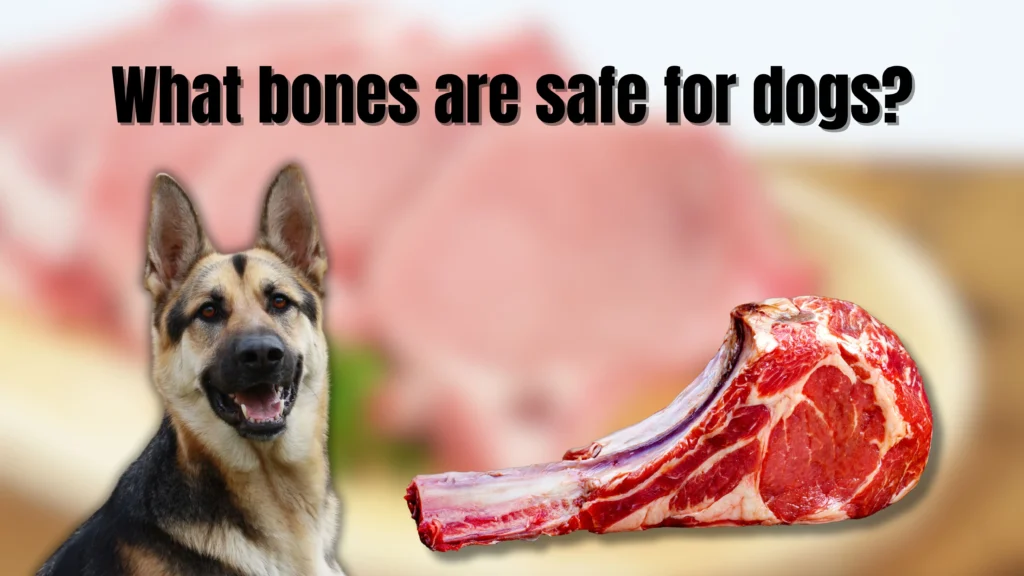
What bones are NOT safe for dogs?
Feeding certain types of bones to dogs can pose serious health risks, especially cooked bones like chicken or turkey, which are highly prone to splintering. These splinters can cause severe injuries to the mouth, throat, and intestines, leading to choking hazards or even life-threatening blockages. Smaller bones and circular bones, like T-bones, are particularly dangerous as they can become lodged in the throat or lower jaw, causing trauma and requiring immediate medical attention.
Additionally, bones designed to bear weight, such as cow or pig leg bones, are extremely hard and can break a dog’s teeth. Bone marrow rings, often sold in pet shops, can also pose a risk. Once the nutritious marrow is consumed, the ring may get stuck in the teeth of small dogs or lead to dental damage in larger breeds. Pet owners are advised to avoid leaving bones in easily accessible places, and if their dog accidentally ingests a dangerous bone, they should contact a vet immediately to prevent serious health outcomes.
What bones are safe for dogs?
Raw bones can be a safer option for dogs, but they still carry risks such as broken teeth, gum injuries, or bone splinters. If you opt for raw bones, make sure they are large enough for your dog to grasp and come from a reputable butcher. The size of the bone should match your dog’s size—small dogs may benefit from chicken necks or wings, while large breeds can chew on lamb ribs or venison necks. Always supervise your dog and discard the bone after a few hours to avoid issues like constipation from excessive chewing.
For those seeking safer alternatives, synthetic chews or vet-approved treats can offer similar benefits without the hazards associated with bones. Rubber or nylon chew toys are designed to be durable and non-toxic, while specially formulated dental chews can help maintain oral hygiene. Consulting with your veterinarian is essential to choose the best option for your pet’s size, breed, and health needs, ensuring they stay safe while satisfying their urge to chew.
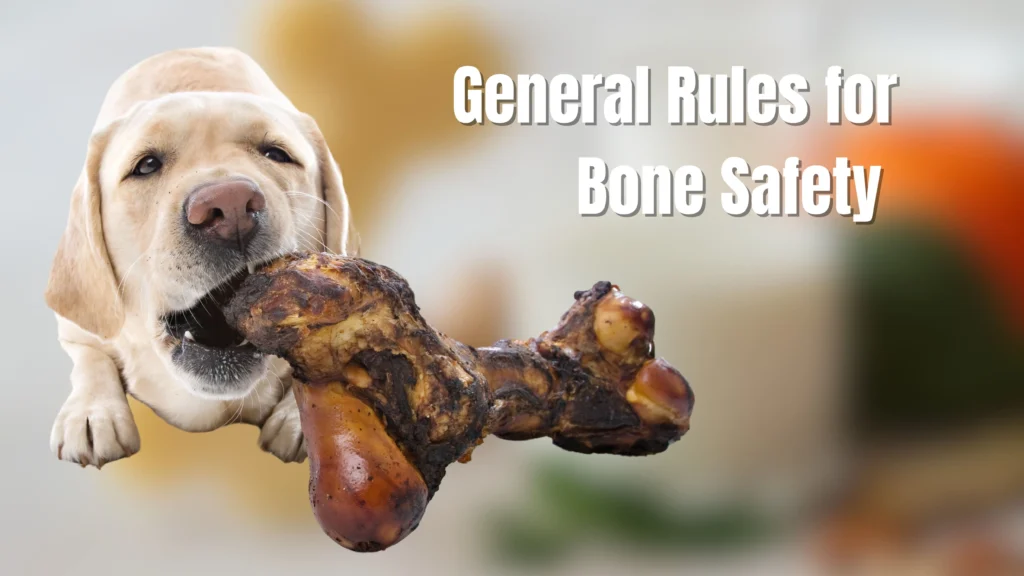
General Rules for Bone Safety
When considering giving your dog a bone, it’s essential to follow some general safety guidelines. opt for raw meat bones and make sure to supervise your dog while they chew. Remove the bone after 10-15 minutes and refrigerate it, discarding it after a few days. Larger breeds like German Shepherds or Mastiffs should be given appropriately sized bones to prevent choking hazards. However, it’s critical never to offer cooked bones, as they can splinter easily and cause severe injuries or digestive issues.
For those looking for safer alternatives, products like split antler chews or yak milk dog chews provide a nutritious and safe option for dogs of all sizes. Additionally, bone broth can be a beneficial food topper that supports your dog’s immune and bone health. Ultimately, while bones can offer dental and mental benefits, the risks of injury or choking are significant. Consulting a veterinarian before introducing bones or bone alternatives is the best way to ensure your dog’s safety and well-being.

